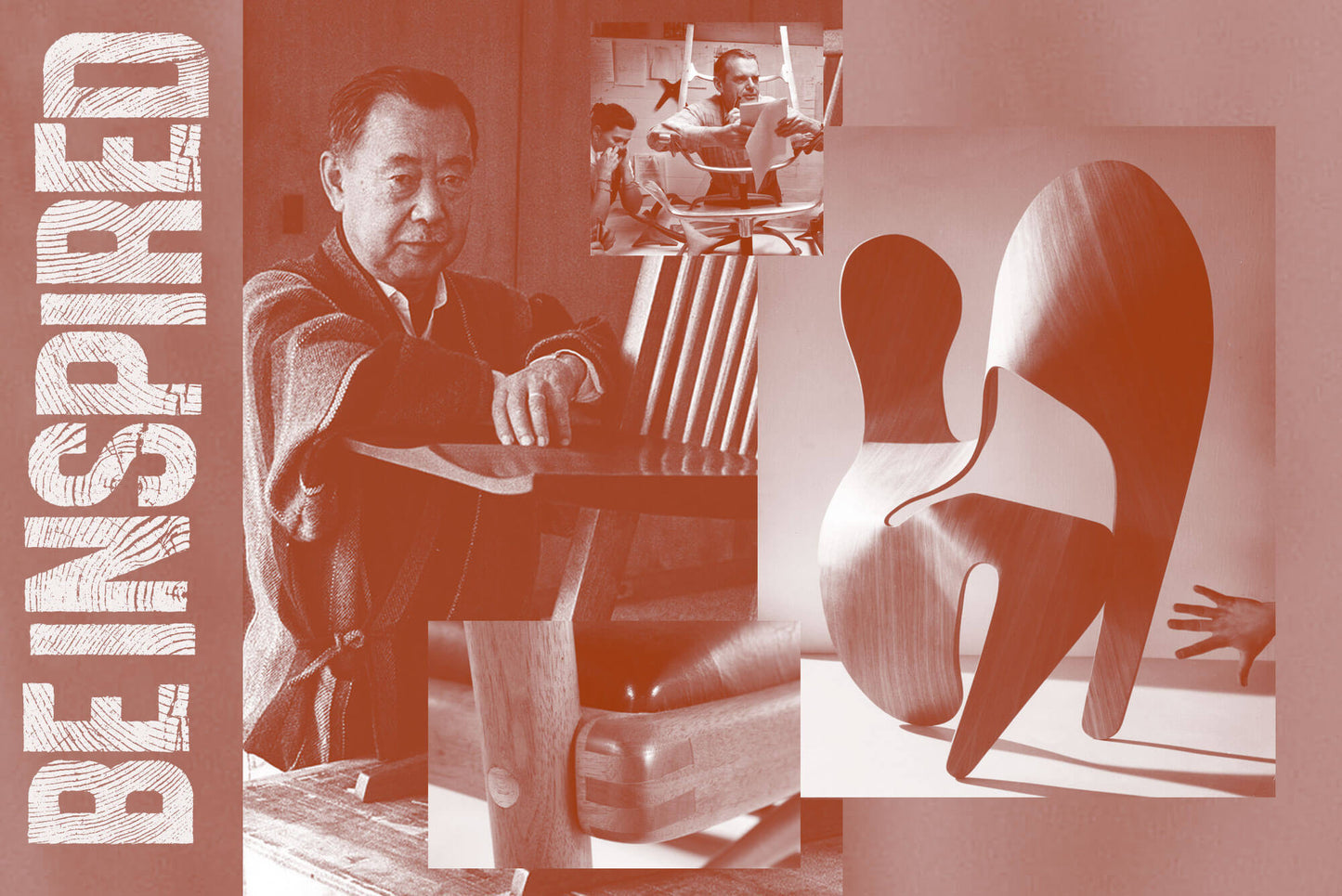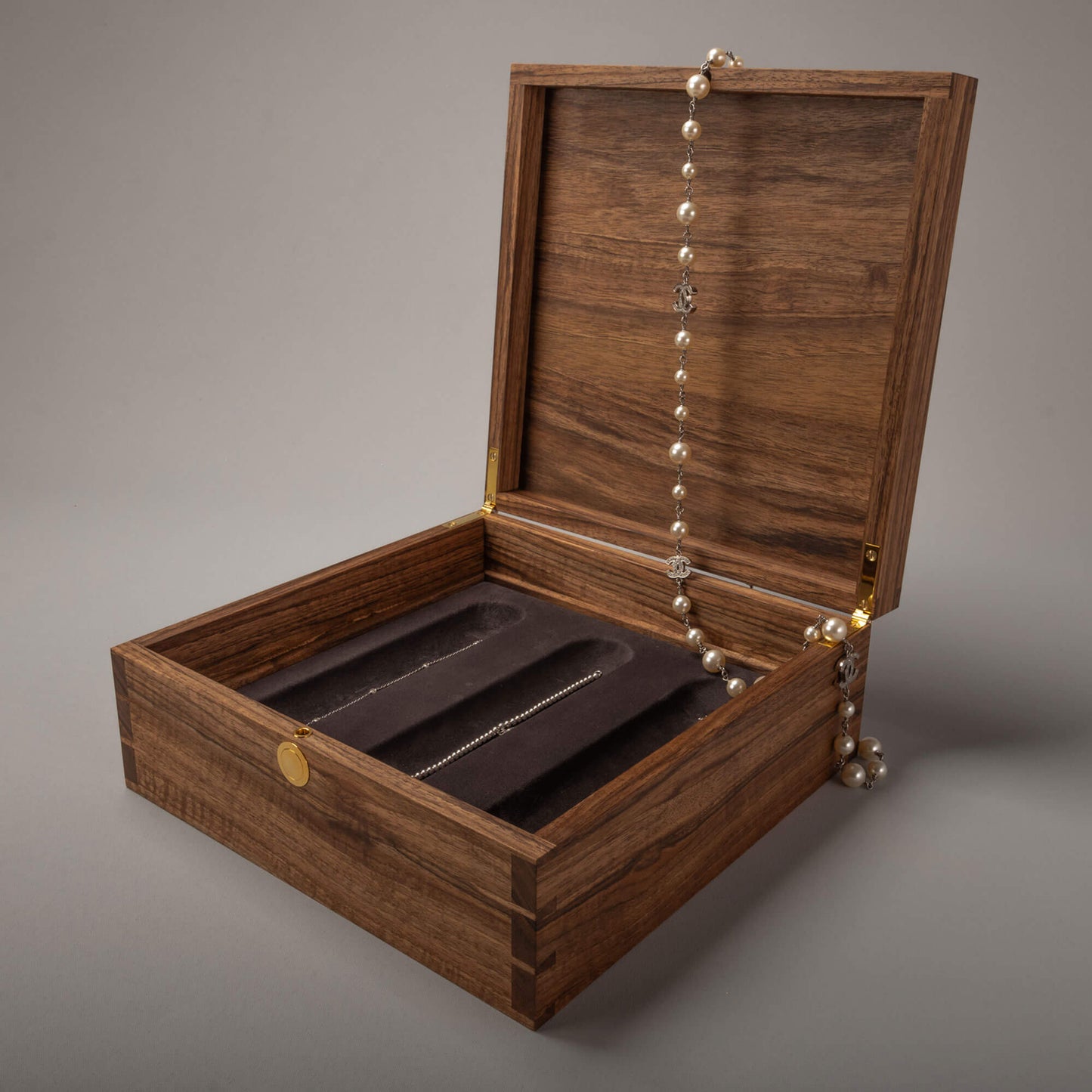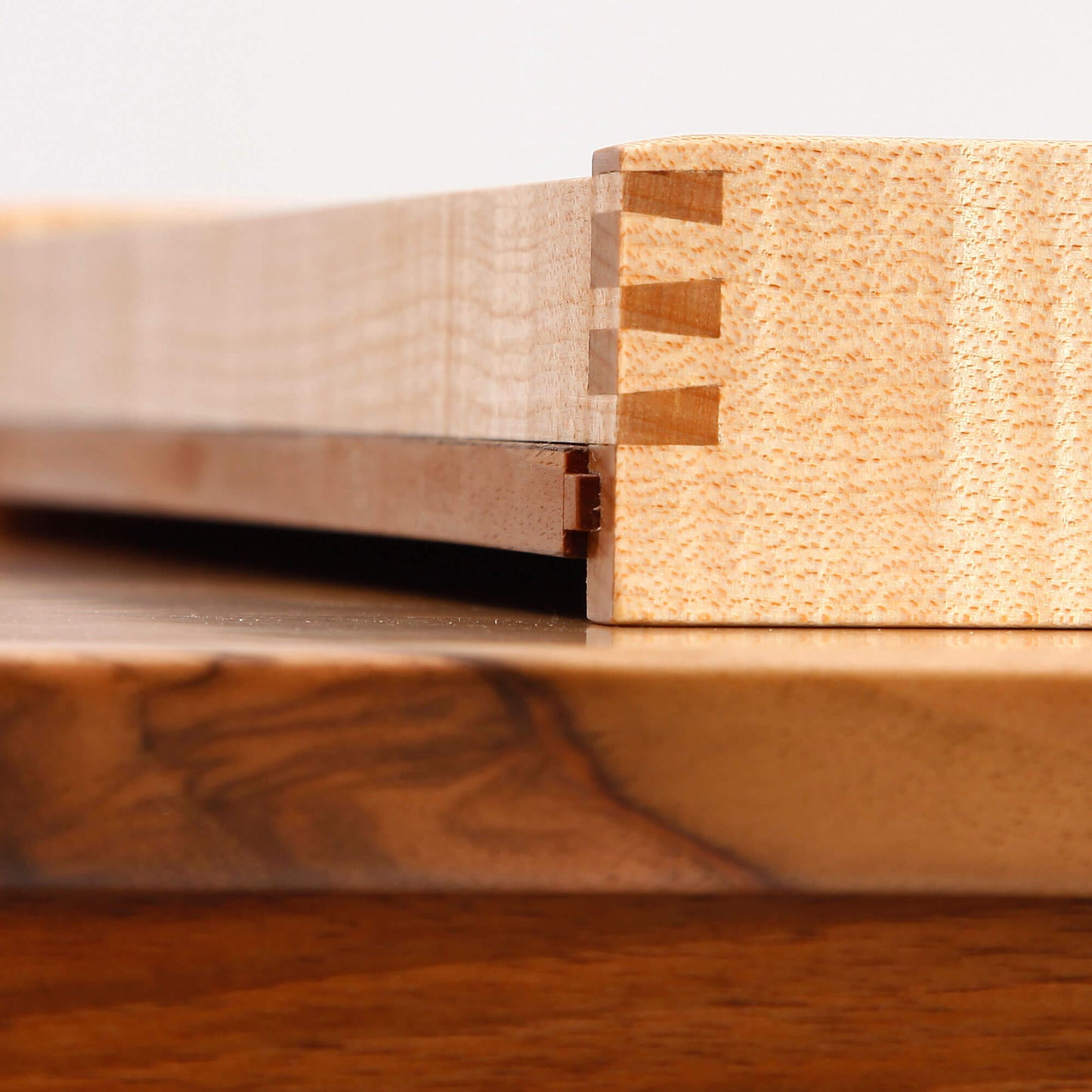
Inspiration from influential designers and other techniques.
Overcoming ‘Creative Block’ can be challenging. Drawing inspiration from old masters of fine furniture making is always a great way to start to unblock creative flow and let ideas flow once again. Looking at how influential designers and makers used traditional techniques such as the Dovetail Joint is also an exciting way to develop your own way of working and begin to transform a commonplace skill into something new.
Many iconic fine furniture pieces by revered designers and makers feature dovetail joints. Their designs stand the test of time and provide an endless supply of inspiration for new designers and makers. A few notable examples are below:
Thomas Chippendale: The 18th-century English cabinet maker, known for his elegant and intricate designs, frequently used dovetail joints in his pieces. Chippendale's work, particularly his famous Chippendale chairs and cabinets, often employed dovetails for their drawers and carcass construction.
Gustav Stickley: An American furniture maker and a leading figure in the Arts and Crafts movement, Stickley used dovetail joints extensively. His mission-style furniture, such as the iconic Morris chair, showcases the strength and craftsmanship of dovetail joinery.
George Nakashima: A renowned 20th-century American woodworker and furniture maker, Nakashima's pieces are celebrated for their organic forms and exquisite joinery. His cabinets and drawers often feature dovetail joints, reflecting his commitment to traditional craftsmanship and natural materials.
James Krenov: Known for his delicate and finely crafted cabinets, Krenov's work exemplifies precision and attention to detail. His use of dovetail joints is evident in his beautifully constructed drawers and cabinet carcasses.
Sam Maloof: An iconic American woodworker, Maloof's furniture, especially his rocking chairs, often incorporates dovetail joinery. Maloof's work is characterised by its flowing lines and seamless joinery, with dovetail joints playing a crucial role in the structural integrity of his pieces.
Charles and Ray Eames: While more famous for their modern designs and use of new materials, some of their early work and custom pieces included traditional woodworking techniques, including dovetail joints, particularly in their storage units and cabinetry.
Wharton Esherick: Often considered the father of American studio furniture, Esherick's unique and sculptural pieces frequently used dovetail joints, showcasing his artistic approach to furniture making.
Other techniques used to overcome a creative block.
- Learn a traditional technique, then think about how each step could be adapted
- Don’t worry about failure or making a mess, just enjoy the process
- Face your fears and do it anyway
- Keep a sketch book – an un-pressured way of exploring and playing with ideas
- Read ‘The Artist’s Way’ by Julia Cameron, or take the online course.

